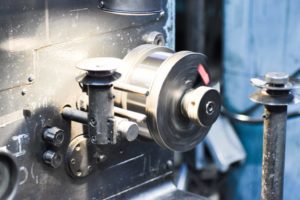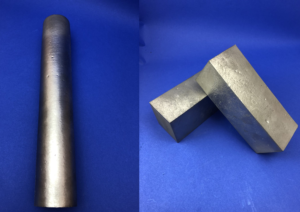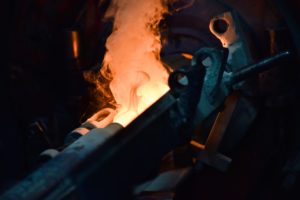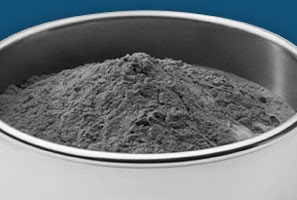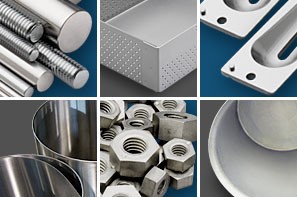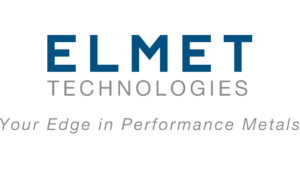Where & Why Tungsten Heavy Alloy (WHA) is Used
Where is tungsten heavy alloy used? WHA is used in various industries. Most commonly, WHA is used in applications requiring counterweights, inertial masses, radiation shielding, and ordnance products, as well as a number of other applications. Why choose tungsten heavy alloy? Typically, Tungsten Heavy Alloy is used in settings where strength, high density and weight are required. In this section, we’ll discuss exactly where and why tungsten heavy alloy (WHA) is used.
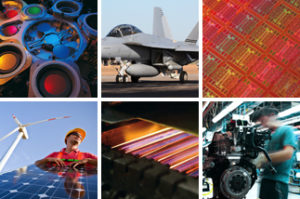
A Brief History of Tungsten & WHA
The metallurgy and alloying of tungsten broadly began back in the early 1900s during the advent of tungsten light bulb filaments. When pure elemental tungsten was found to be too brittle, the large lighting companies began alloying tungsten with small amount of other elements such as potassium to try and help improve the longevity of filaments in lightbulbs.
Pure tungsten with nickel and iron was then blended and created for low temperature applications that required high density and machinability. Tungsten Heavy Alloys (WHA) deliver a unique blend of density, mechanical strength and machinability.
But it is not for every application given its high cost. Typically, tungsten is only used in highly specialty applications demanding one of its unique properties. WHAs are most commonly used in applications requiring counterweights, inertial masses, radiation shielding, and ordnance products. This versatile alloy class, WHAs, presents desirable advantages over alternative high density materials, such as but not limited to lead, uranium, tantalum, and platinum group metals (PGM).
Why Tungsten Heavy Alloy vs. Alternatives?
Lead, and Uranium are unsuitable alternatives most typically due to their highly toxic to organic life. Lead in particular, is also very soft and has little to no tensile strength or stiffness while also being nearly 40% less dense than WHA. Tantalum is close to tungsten in density, is fairly ductile and easy to work with but it is prohibitively expensive.
The flexibility of alloying content, and material properties make WHAs a unique alloy solution providing design engineers with a plethora of options.
Temperatures
It is important to note that any WHA exposed to temperatures exceeding 500 °C will see a sharp drop off in strength in any atmosphere. For higher temperature applications, molybdenum or pure tungsten may be better alternatives. But again, they will oxidize if not in a hydrogen or inert atmosphere.
Considering Where & Why to Use Tungsten Heavy Alloy
When considering WHAs, it is important to recognize the continuous improvements within the metals industry, and at Elmet in particular. Modern WHA material performance, quality, and reliability is far superior to WHA materials produced even just 30 years ago. Many of the process inputs, such as raw materials, production environments and actual alloy composition are why WHAs today are superior to those of the past. The purity of the raw materials such as the Tungsten itself, iron, and nickel are readily available.
The production cells where the powders are conveyed to, pressed, and sintered are cleaner and more precisely controlled with closed loop feedback systems for real time quality control. And lastly, the alloying compositions of today no longer contain significant amounts of copper. The copper in older formulations resulted in greater susceptibility to galvanic corrosion.
Why Choose WHA?
Tungsten heavy alloy is also a more cost effective alternative to pure tungsten. This is mostly because it can be liquid phase sintered directly to full density without the need for additional processing. Today, WHAs are ideally suited to a wide range of applications. WHAs are produced by an ancient yet still widely used, and widely modernized manufacturing technology called powder metallurgy (P/M).
Within the P/M industry, various techniques are used to completely densify and alloy W into common and custom shapes/parts. Sintered WHAs at Elmet have a nonporous surface. Additionally, bulk density within cross sections is within a fraction of a percent of 100%.
Elmet Technologies: Your Partner in WHA
Elmet Technologies presses and sinters high quality tungsten heavy alloy (WHA) blocks, rods, and shaped parts. We have a large and growing inventory of standard molds and sizes, sold “rough as sintered” or machined to provide tighter tolerance. Contact us today to discuss your WHA application.
View Elmet Technologies WHA Data Sheet

